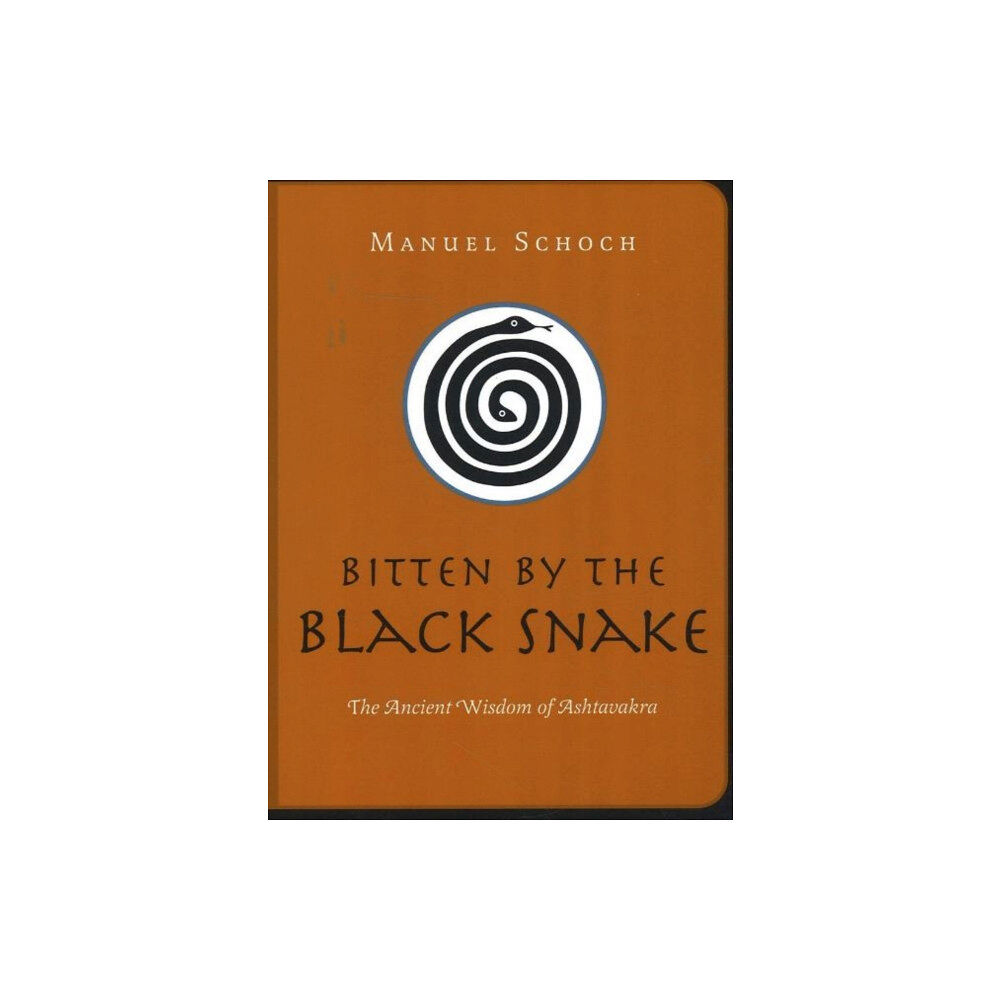The Ashtavakra Gita is a very ancient Sanskrit text, probably dating back to the classic Vedanta period. It was appreciated and quoted by Ramakrishna, Vivekananda, Ramana Maharshi, and Radhakrishnan, as it presents the traditional teachings of Advaita Vedanta with a clarity and power very rarely matched.
It has been called ''a quantum leap into the absolute''. Its message is that there is neither existence nor non existence, right nor wrong, moral nor immoral. In the view of the sage Ashtavakra, the apparent author of this text, one''s true identity can be found by simply recogniSing oneself as pure existence, or the awareness of all things.
The text is the response to a question posed by King Janaka to Sage Ashtavakra: "Tell me, O Lord, how can true knowledge be acquired, renunciation made possible and liberation attained?" Ashtavakra''s answer is a sincere and unhesitating statement of the ultimate truth. It is said that Janaka posed his question to Ashtavakra while placing one foot in the saddle to mount his horse.
Ashtavakra told him that by following his instructions, Janaka could attain liberation by the time he sat astride the horse. With Ashtavakra''s forceful, direct instructions Janaka is emancipated instantaneously. In this edition, the text is expounded on by Swiss mystic and therapist, Manuel Schoch.
| Format |
Häftad |
| Omfång |
114 sidor |
| Språk |
Engelska |
| Förlag |
Sentient Publications |
| Utgivningsdatum |
2007-05-01 |
| ISBN |
9781591810605 |

